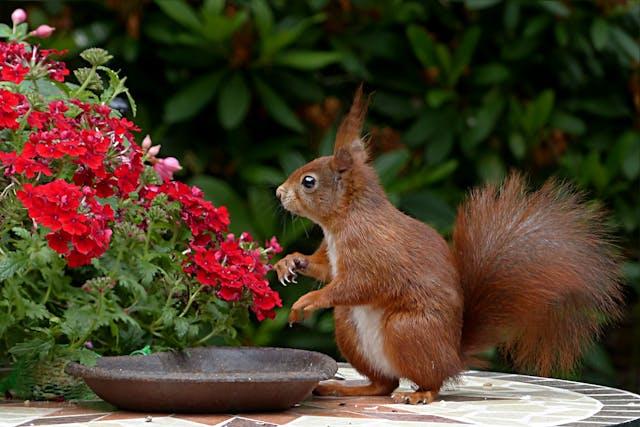Photo by Pixabayfrom PexelsIn the hustle and bustle of modern life, it's easy to overlook the impact our daily choices have on the environment. However, there's a simple yet effective way to contribute positively to nature: fostering backyard biodiversity. By consciously designing our outdoor spaces to support a variety of plants and wildlife, we not only enhance the beauty of our surroundings but also play a crucial role in preserving ecosystems and promoting a healthy planet.
The Importance of Biodiversity
Biodiversity, the variety of life on Earth, is a fundamental component of ecological health. It encompasses the myriad species of plants, animals, and microorganisms that collectively form intricate ecosystems. Backyard biodiversity is a microcosm of this larger picture, offering a chance for individuals to contribute to the preservation of natural balance.
Planting Native Flora
One of the most impactful ways to support biodiversity in your backyard is by planting native flora. Native plants are adapted to local environmental conditions and provide food and shelter for native wildlife. They form a symbiotic relationship with local pollinators and insects, essential for maintaining ecological equilibrium. Consider including a mix of trees, shrubs, and ground cover plants that are indigenous to your region, creating a habitat that supports a diverse array of species.
Embracing Habitat Heterogeneity
A biodiverse backyard embraces habitat heterogeneity, meaning it offers a variety of niches and environments. Incorporating features such as a pond, rock piles, or fallen logs adds complexity to the ecosystem, attracting different species. Birds, amphibians, insects, and small mammals thrive in environments that provide diverse hiding spots, breeding grounds, and foraging opportunities. This diversity not only enhances the visual appeal of your outdoor space but also encourages a healthier and more resilient ecosystem.
Responsible Water Management
Water is a precious resource, and how we manage it in our backyard can significantly impact biodiversity. Creating a small pond, bird bath, or other water features can attract a multitude of species, from dragonflies to birds. It's crucial, however, to use water responsibly. Implementing water-saving practices, such as collecting rainwater or using a drip irrigation system, ensures that your backyard remains a haven for wildlife without compromising the surrounding environment.
Mindful Pest Management
Resist the urge to eliminate all pests from your garden. While some insects may be considered nuisances, they often play a crucial role in maintaining balance within ecosystems. Instead of reaching for chemical pesticides, explore natural alternatives or introduce beneficial insects that can help control pest populations. This approach fosters a healthier environment for both plants and the creatures that rely on them.
Provide Shelter and Nesting Sites
Birds, insects, and small mammals all need suitable places to nest and seek shelter. Install birdhouses, bee boxes, or bat houses to attract these valuable creatures to your backyard. Additionally, leaving some areas of your garden less manicured, with tall grass or brush piles, provides natural hiding spots and nesting sites. This untamed aspect not only contributes to biodiversity but also adds a wild and authentic feel to your outdoor space.
Sustainable Gardening Practices
Adopting sustainable gardening practices is integral to promoting biodiversity. Consider composting kitchen waste, using organic fertilizers, and choosing non-invasive plant species. These practices reduce the ecological footprint of your backyard while nurturing a harmonious relationship between plants, animals, and microorganisms.
Educate and Inspire
Share your passion for backyard biodiversity with neighbors, friends, and community members. By educating others about the importance of creating wildlife-friendly spaces, you contribute to a collective effort to enhance biodiversity on a broader scale. Encourage local initiatives that focus on preserving natural habitats and raising awareness about the significance of biodiversity in urban and suburban areas.
Conclusion
In a world where the environment is having more problems, what each person does is important. When we make our yards friendly for plants and animals, we're helping keep different kinds of living things safe. Even a tiny garden can be a big help in keeping the Earth's variety of life going strong. Making our backyards good for biodiversity is a simple and effective way for each of us to do something good. It's like leaving a lasting gift for the people who come after us.

